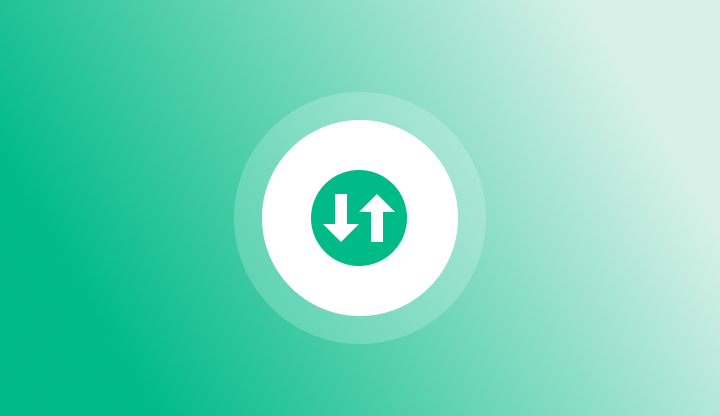What Can Clickstream Data Tell You About Your business?
Today, more businesses leverage big data to inform important decisions than ever before. This information can come from a range of different sources, each of which paints an insightful new picture of the company, its customers or both. However, in order to reap these benefits, organizations must not only have the data itself, but the skills and understanding to analyze and apply it in the best way possible.
One of the most revealing sources here is clickstream data, which can offer numerous advantages for businesses.
What, exactly, is clickstream data?
Before we get into the actual application of clickstream data, it's important to understand what this information is and where it comes from.
Clickstream data can be thought of as a roadmap of a user's online activity. This information represents digital breadcrumbs that show what websites a user has visited, what pages they viewed on that site, how long they spent on each page and where they clicked next.
"A clickstream is the recording of what a user clicks while browsing the web," Mashable explained. "Every time he or she clicks on a link, an image, or another object on the page, that information is recorded and stored. You can find out the habits of one individual, but more useful is when you record thousands of clickstreams and see the habits and tendencies of your users."
Clickstreams can be stored on the server that supports a website, as well as by a user's own web browser. In addition, internet service providers and online advertising networks also have the capability to record and store clickstream information.
What's included in clickstream information?
Diving a little deeper here, there are a range of insights clickstream data can offer, starting at the beginning of a user's journey.
For instance, clickstream information can show what terms an individual plugged into a search engine in order to reach the company's page. These details can reveal any other websites the user might have visited before reaching the business's website. Once the visitor has reached the site, clickstream data can show what page the person first landed on, what features or capabilities he or she clicked on once there, how much time was spent on that page and where the online journey took him or her after that page.
But clickstream data doesn't end there. In addition to revealing which pages a user visited and in what order, this information can also show any use of the "back" button, as well as when and where items were added or removed from a shopping cart.
While clickstreams do not include personal details of the users themselves, when collected and analyzed, this information can be applied to numerous improvements to the company's website and overall online presence.
Applying clickstream analysis: How can my business benefit?
There are several ways businesses can make use of clickstream analysis, including to enhance the experience users have with the brand. Let's take a look:
1. Identifying customer trends: Thanks to clickstream information, companies can see the path customers have taken in order to get to their site. By collecting and analyzing the clickstreams of a large number of customers, an enterprise can identify certain similarities and trends that they can leverage to the organization's advantage. For instance, if a majority of users utilized the same search term to reach a site that led them to the brand's website, the company can eliminate the middle man and ensure that their site is optimized for that search term.
2. Different pathways lead to the same destination: Clickstream data can also be leveraged to view the different routes customers might have taken to reach a product page.
"Just as drivers can take different roads to arrive at the same destination, customers take different paths online and end up buying the same product," Qubole noted. "Basket analysis helps marketers discover what interests customers have in common, and the common paths they took to arrive at a specific purchase."
Using these details, the company can look to create the most efficient path possible for customers, ensuring that they quickly and effectively locate the product they're looking for and can easily complete their purchase.
3. Preventing abandonment: In addition to "cart abandonment," analyzing the positive website interactions, clickstream data can also reveal the top pages where the most visitors leave the site. For instance, if a large number of users exit the site on a certain page, it could be very telling about the page itself. It could be that a feature on that page isn't working as it should, or the website is asking users for information that they aren't ready to give at that juncture. Whatever the reason, clickstream can show which pages on a site may need extra attention and improvement.
Best of all, this is only the beginning when it comes to clickstream data. These details can reveal even more when they belong to registered users - here, demographic information is made available, enabling the company to create targeted ads and other, more personalized offers.
Clickstream data can be incredibly powerful for today's companies, but only if firms have the skills and resources necessary to capture, collect and analyze this information. Aunalytics is a top expert in this field, providing the technology necessary to support clickstream analysis. To find out more about how this process can benefit your business's unique needs, contact the experts at Aunalytics today.

